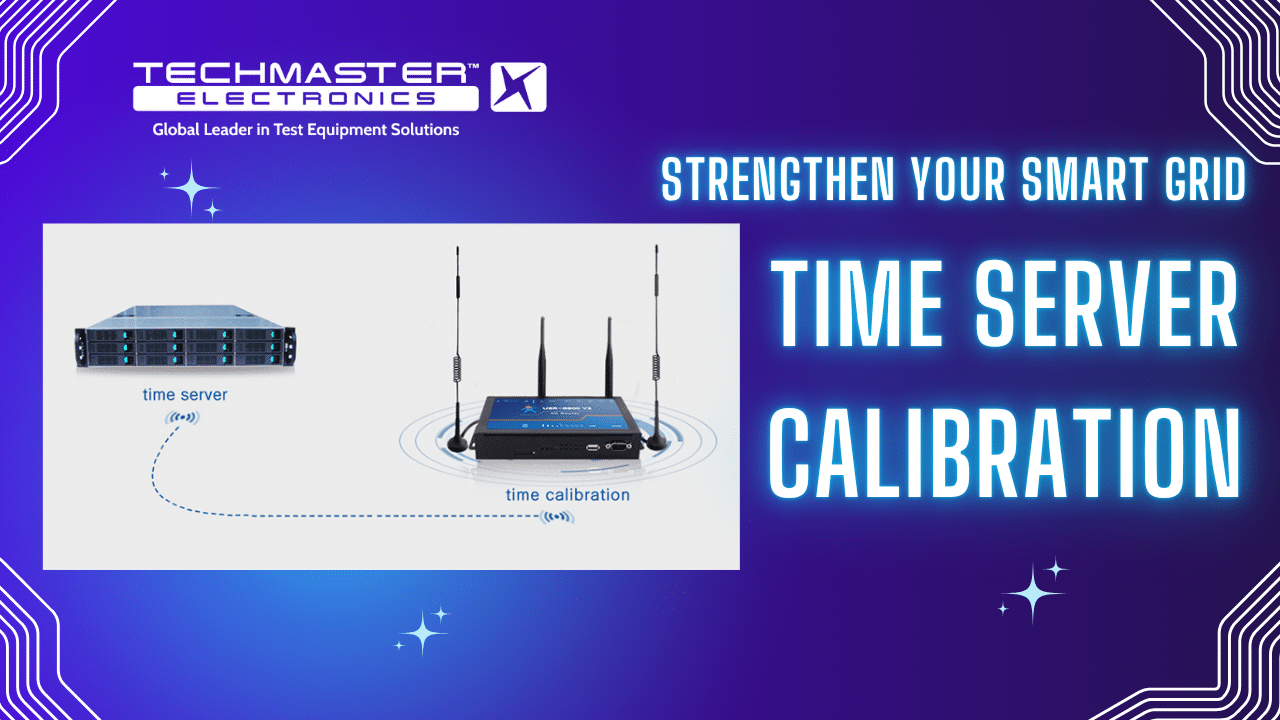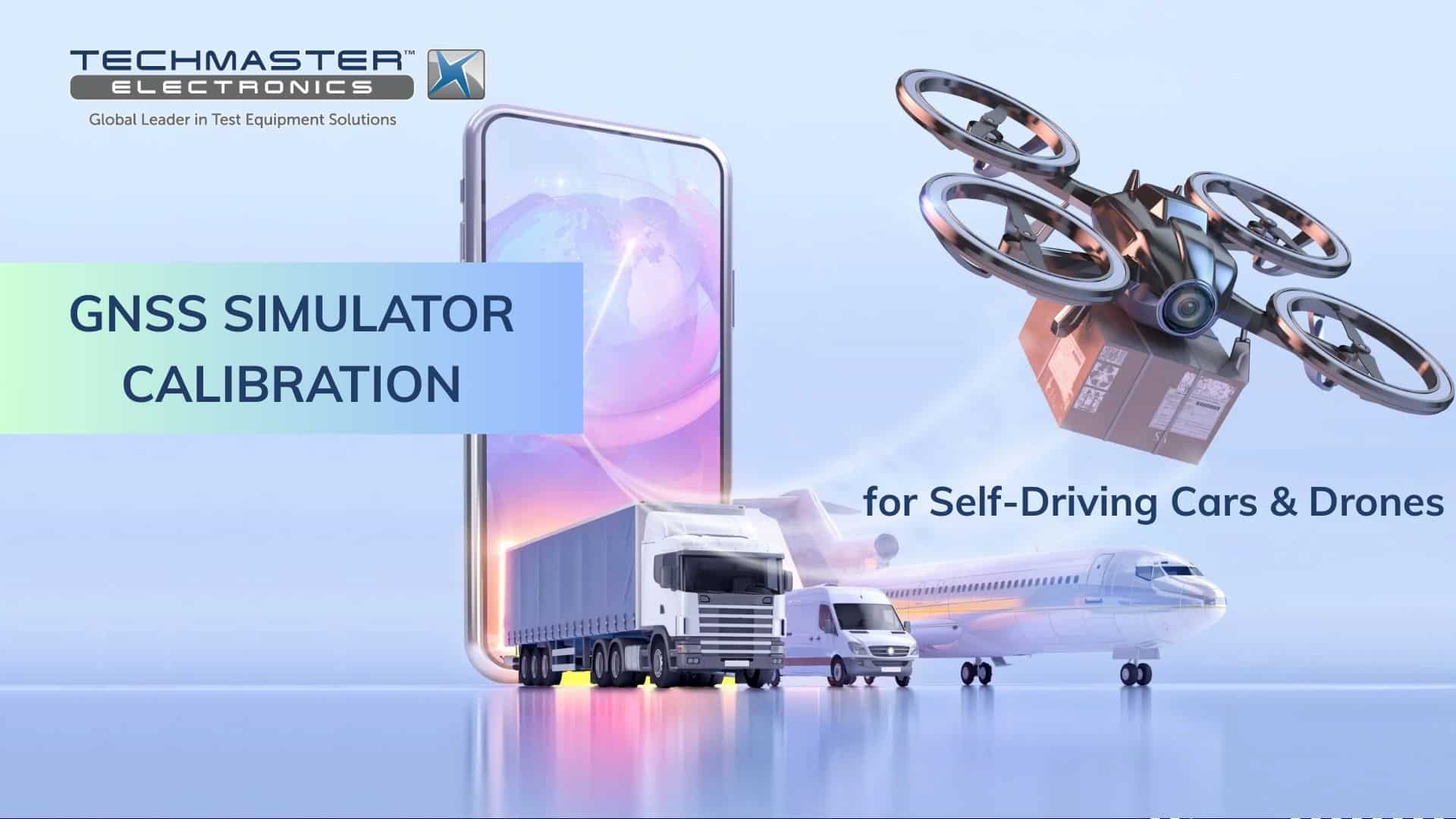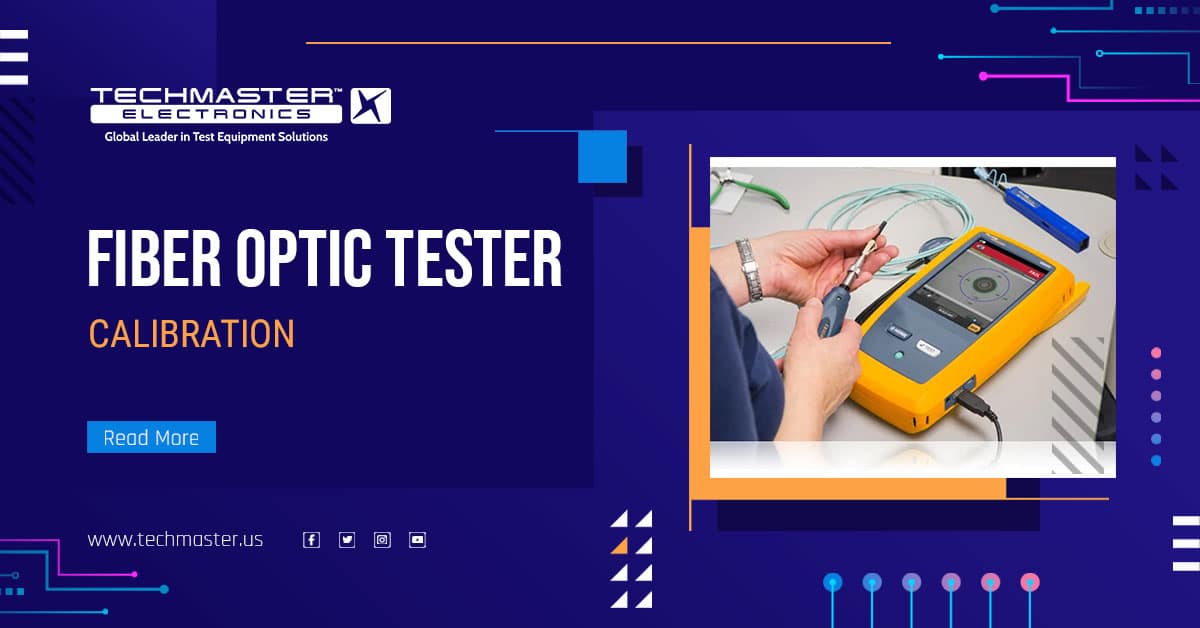In industries where every second counts, timer calibration services ensure your devices—such as frequency counters, rubidium standards, and GNSS simulators—deliver uncompromised accuracy. From aerospace avionics to pharmaceutical autoclaves, calibrated timers prevent costly errors, ensure regulatory compliance, and optimize operations. Whether you’re an engineer seeking technical precision, a QA manager ensuring audit readiness, or a newcomer exploring calibration, this guide dives into the essentials of precision timer calibration and its role across industries.
What Is a Timer and How Does It Differ from a Stopwatch?
Timers are electronic instruments that measure elapsed time or frequency. They are typically integrated into systems like telecom networks or manufacturing controls and include devices such as frequency counters, rubidium standards, and GNSS simulators.

Stopwatches, by contrast, measure discrete time intervals and are generally handheld, available in analog or digital forms. They are used for timing manual tasks, experiments, or field tests.

Timer vs Stopwatch Calibration
| Feature | Timer | Stopwatch |
|---|---|---|
| Function | Measures frequency or continuous time | Measures discrete time intervals |
| Operation | Automated, system-integrated | Typically manual, handheld |
| Use Cases | Aerospace, telecom, manufacturing | Healthcare, lab testing, sports |
| Calibration | Against frequency standards (e.g. rubidium) | Against interval benchmarks (e.g. NIST) |
📌 Learn more about stopwatch calibration for precise interval measurements.
Where Are Timers Used?
Timers are critical across sectors:
-
Aerospace & Defense: Timing avionics systems and GNSS simulators.
-
Healthcare/Pharma: Controlling autoclaves and lab instruments.
-
Manufacturing: Synchronizing automation lines to avoid delays.
-
Telecom: Ensuring network timing and signal synchronization.
Different stakeholders benefit:
-
Engineers seek supported device types and specs.
-
QA Managers prioritize compliance and audit readiness.
-
Newcomers look for clarity and application understanding.
In many industries, a malfunctioning timer doesn’t just delay processes—it can cause a complete system failure. That’s why proactive calibration is a strategic asset, not just a maintenance checkbox.
Why Is Timer Calibration Essential?
Even a slight drift can cause major problems. Industrial timer calibration keeps systems within tolerance and running smoothly.
Key Benefits
-
Accuracy: Prevents time-sensitive errors in production or diagnostics.
-
Compliance: Meets standards such as FDA 21 CFR Part 820, AS9100, ISO 9001.
-
Cost Efficiency: Reduces rework, downtime, and product rejection.
Why Timers Drift
There are a few common causes:
-
Environmental stress: Heat, moisture, and vibration impact performance.
-
Component aging: Over time, internal parts wear out.
-
Heavy use: Frequent operation increases the chance of drift.
Regular calibration brings devices back to standard using NIST-traceable references.
Without calibration, you risk:
-
Production errors
-
Failing audits
-
Financial losses
One uncalibrated timer can affect every batch in production. It can lead to mislabeled products or safety risks in medical devices.
How Timer Calibration Works
The timer calibration process follows ISO/IEC 17025 guidelines:
-
Comparison: Against NIST-traceable standards (e.g., rubidium frequency standard).
-
Measurement: Deviations recorded across frequency ranges (e.g., 1 Hz–100 MHz).
-
Adjustment: Devices fine-tuned to spec.
-
Certification: ISO/IEC 17025-accredited certificate issued.
-
Service Type: Choose on-site to reduce downtime or lab-based for complex jobs.
Techmaster calibrates a range of devices including Keysight, Fluke, and Tektronix models. Uncertainties range from ±0.01 ppm to ±0.005 ppm.

Understanding Uncertainty in Timer Calibration
Measurement uncertainty indicates how much the result might deviate from the true value. In timer calibration:
-
A standard uncertainty of ±0.01 ppm means a timer measuring 1 MHz could vary by up to ±10 Hz.
-
High-precision timers (e.g., rubidium-based) may require ±0.005 ppm or better.
This level of granularity is essential in aerospace, 5G telecom, and semiconductor testing, where even nanoseconds count.
Need ISO-compliant timer calibration? Contact Techmaster to schedule your service.
Real-World Results: Timer Calibration Case Studies
Aerospace: Restoring GNSS Simulator Precision
An aerospace firm faced timing issues during satellite system testing. Techmaster’s on-site calibration adjusted simulators to ±0.005 ppm, ensuring AS9100 compliance and avoiding $50,000 in rework. Downtime was reduced by 60%.
Pharmaceuticals: Passing an FDA Audit
A lab using timers in autoclaves risked non-compliance. Techmaster performed lab-based calibration, restored NIST-traceable accuracy, and delivered ISO/IEC 17025 certification. Result: zero audit findings and $30,000 in fines avoided.
These scenarios show how calibration supports business continuity, regulatory success, and cost control in demanding industries.
Why Compliance Standards Matter
ISO/IEC 17025 timer calibration provides:
-
Global Recognition: Certificates accepted internationally.
-
NIST Traceability: Measurement reliability across borders.
-
Audit Preparedness: Clear documentation for FDA, AS9100, ISO 9001.
Example: Pharma autoclaves must meet FDA timing specs; aerospace avionics must pass AS9100 audits. Techmaster’s accreditation helps you stay compliant.
When audit season arrives, properly calibrated timers with complete certificates can mean the difference between a smooth inspection and a costly failure.
In-House vs. Professional Timer Calibration
| Aspect | In-House Calibration | Professional Calibration (Techmaster) |
| Cost | Lower upfront, but higher equipment cost | Higher upfront, better ROI over time |
| Expertise | Requires skilled staff, higher risk | Certified techs, ISO/IEC 17025 accreditation |
| Equipment | Needs NIST-traceable standards | Advanced calibrated gear |
| Records | Manual tracking, audit risk | Techmaster Portal with digital certificates |
| Turnaround | Slower, resource intensive | Faster, with expedited/on-site options |
Equipment for in-house calibration can exceed $50,000. Outsourcing to Techmaster cuts downtime (e.g., $5,000/day) and frees up admin time.
Why Digital Tools Like Techmaster Portal Matter
Managing a fleet of timers? The Techmaster Portal helps you:
-
Track calibration schedules
-
Access certificates 24/7
-
Get auto-reminders for due calibrations
-
Simplify audit reporting with centralized documentation
Explore frequency counter calibration for related high-precision needs.

How Often Should Timers Be Calibrated?
General guideline: Every 6–12 months, or per OEM spec.
Calibrate more frequently if:
-
Devices are used heavily
-
Harsh environments (vibration, temperature, humidity)
-
Critical applications (e.g., pharma, aerospace)
Some calibration contracts include automated recall systems, where your service provider notifies you ahead of schedule lapses. This proactive approach helps maintain continuous compliance.
Timer Calibration Challenges & Solutions
| Challenge | Solution |
| Downtime | On-site calibration keeps operations running |
| Equipment Variety | Supports major brands with customized procedures |
| Record Management | Techmaster Portal for certificates and alerts |
| Large Fleets | Centralized tracking and scheduling for all timer assets |
Calibrating hundreds of timers across multiple locations? A structured approach and the right service partner eliminate guesswork.
Building a Long-Term Calibration Strategy
Developing a proactive calibration strategy is key to maintaining long-term equipment accuracy and audit readiness.
1. Establish a Risk-Based Calibration Plan
Rather than using a fixed interval for all devices, assess:
-
Criticality of Application: Is the timer used in safety-critical or regulated environments?
-
Past Performance Data: Has the timer shown signs of drift or previous nonconformities?
-
Manufacturer Recommendations: What interval do OEMs suggest for your timer model?
A risk-based approach allows optimization of calibration intervals and budget.
2. Integrate Digital Monitoring Tools
Using platforms like Techmaster Portal, organizations can:
-
Centralize calibration data
-
Set reminders and recall notices
-
Access digital certificates anytime
-
Reduce manual tracking errors
This is especially helpful when managing fleets across multiple departments or locations.
3. Train Your Internal Team
Calibration is not only the job of external labs. QA teams and production managers benefit from training in:
-
Understanding calibration certificates
-
Identifying early signs of drift
-
Managing timelines and audit documentation
Periodic refresher training helps uphold a culture of quality.
4. Review and Adjust Annually
Regulatory expectations evolve, and so should your calibration program. Make annual reviews a standard practice:
-
Update SOPs with changes in standards (e.g., ISO revisions)
-
Reassess internal risk rankings of equipment
-
Evaluate service providers’ performance and responsiveness
A well-documented, adaptable strategy ensures consistent audit readiness and operational integrity.
Frequently Asked Questions (FAQ)
What types of timers can be calibrated?
Frequency counters, GNSS simulators, rubidium standards, analog/digital stopwatches.
How long does timer calibration take?
5–7 business days. Expedited and on-site options available.
Why choose ISO/IEC 17025 accreditation?
Ensures global acceptance, clear uncertainty reporting, and audit readiness.
What does timer calibration cost?
Varies by device. Request a custom quote for accurate pricing.
What environmental factors affect timer accuracy?
Vibration, humidity, and heat can cause drift—requiring more frequent calibration.
How do I choose a calibration provider?
Look for ISO accreditation, NIST traceability, and tools like the Techmaster Portal.
Get a Free Quote for Timer Calibration
Ensure your timers are accurate, compliant, and audit-ready. Techmaster’s certified experts, advanced lab standards, and Techmaster Portal simplify the process from start to finish.
Request a free quote today and protect your operations with professional timer calibration services.











